![A transport of Jewish prisoners marches through the snow from the Bauschovitz train station to Theresienstadt. [LCID: 69720]](https://encyclopedia.ushmm.org/images/large/781755a6-1ba5-4d8e-8b2b-9f25bdf3687f.jpg)
Browse an alphabetical list of articles about the Holocaust and World War II. Learn more about topics such as the Nazi rise to power, how and why the Holocaust happened, life in Nazi camps and ghettos, and the postwar trials.
<< Previous | Displaying results 1-23 of 63 for "Article" | Next >>
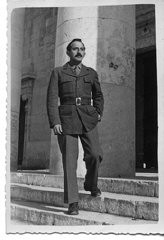
Jack London was an American author who wrote “The Call of the Wild.” His socialist leaning works were burned during the Nazi book burnings of 1933. Learn more.
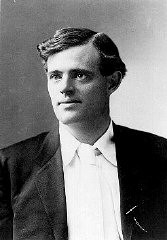
Explore Jacob Wiener’s biography and learn about his experiences during Kristallnacht in Würzburg, Germany.
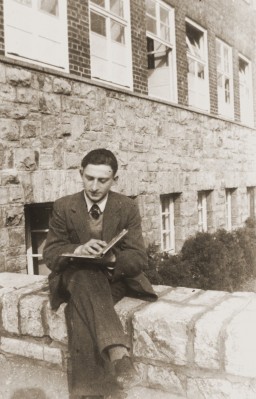
Jakob Wassermann was a popular German Jewish author. After the Nazi rise to power, he was forced to leave Germany. His works were burned in May 1933. Learn more.

Young people's diaries bear witness to some of the most heartbreaking experiences of the Holocaust. Learn about the diary and experiences of Jakub Lapides.
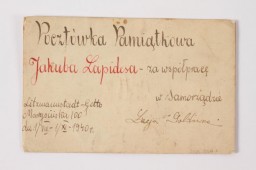
Architect James Ingo Freed designed the United States Holocaust Memorial Museum.
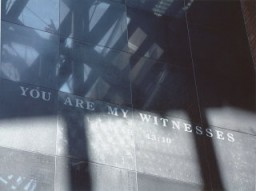
An underground courier for the Polish government-in-exile, Jan Karski was one of the first to deliver eyewitness accounts of the Holocaust to Allied leaders.

In 1941, the Nazis established Janowska camp. It was primarily used as a forced-labor and transit camp.
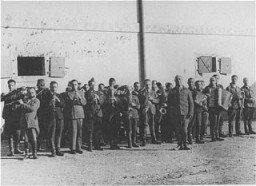
Janusz Korczak ran a Jewish orphanage in Warsaw. He and his staff stayed with the children even as German authorities deported them to their deaths at Treblinka in 1942.
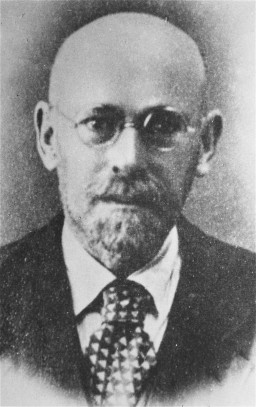
Learn more about the forcible relocation of some 120,000 people of Japanese descent living in the US to “relocation centers.”
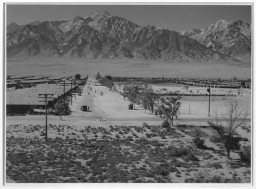
Jasenovac camp complex operated between 1941-1945 in the so-called Independent State of Croatia. Learn more about conditions and prisoners at Jasenovac.
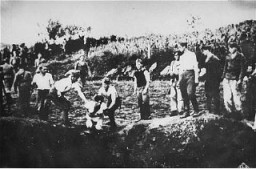
Read the Jewish Partisan Educational Foundation's short biography of Jeff Gradow.
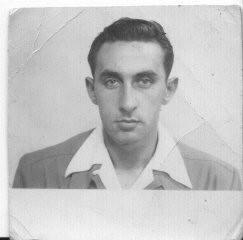
The Nazi regime targeted Jehovah’s Witnesses for persecution. Learn about the history of Jehovah’s Witnesses in Germany before and after the Nazi rise to power.
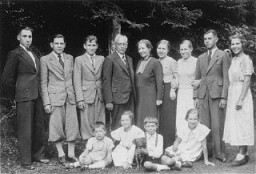
Young people's diaries bear witness to some of the most heartbreaking experiences of the Holocaust. Learn about the diary and experiences of Lolek Lubinski

Jewish groups worldwide helped rescue thousands during the Holocaust. Read more about efforts to save Jews from Nazi persecution and death.
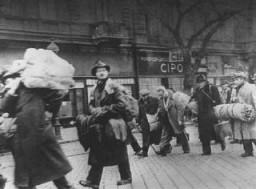
Nazi officials implemented the Jewish badge as a key element in their plan to persecute and eventually destroy the Jewish population of Europe. Learn more
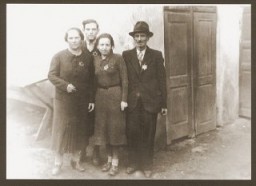
Decrees that ordered Jews to wear special badges for purposes of identification existed before the Nazi era. Learn about this history.
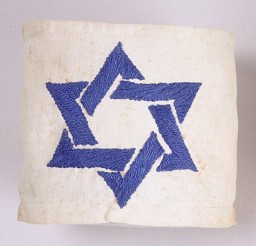
The Jewish Brigade Group of the British army was formally established in September 1944. It included more than 5,000 Jewish volunteers from Mandatory Palestine.
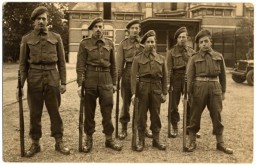
Before the Nazi rise to power, Jews represented less than 1% of Germany's population. Learn more about Jewish communities in Germany before the Holocaust.
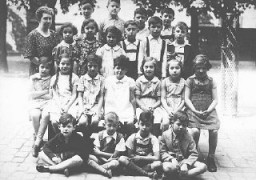
Learn about Jewish communal life and politics in Munkacs between WWI and WWII, including leaders, acculturation, Zionism, and communal organizations there.
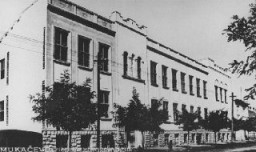
Economic, governmental, and political life in the Jewish community of Kalisz between World War and World War II.
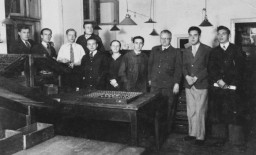
Learn about the vibrant Jewish community of Kalisz between World War I and World War II.
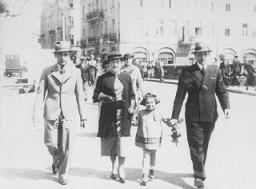
Kalisz had a vibrant Jewish community between WWI and WWII. Learn about its youth movements, schools, cultural life, sports, and religious life.
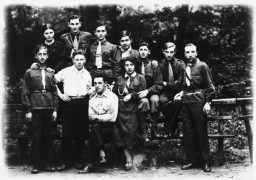
We would like to thank Crown Family Philanthropies, Abe and Ida Cooper Foundation, the Claims Conference, EVZ, and BMF for supporting the ongoing work to create content and resources for the Holocaust Encyclopedia. View the list of donor acknowledgement.